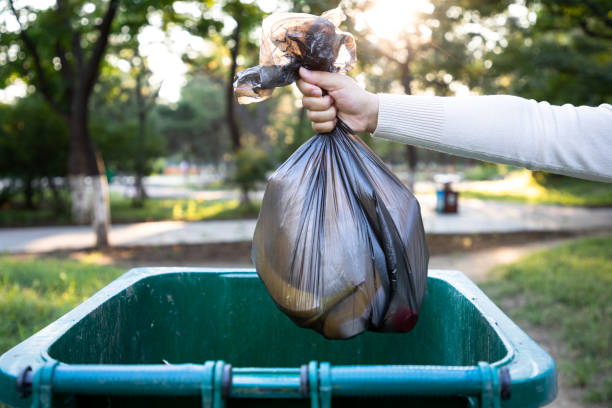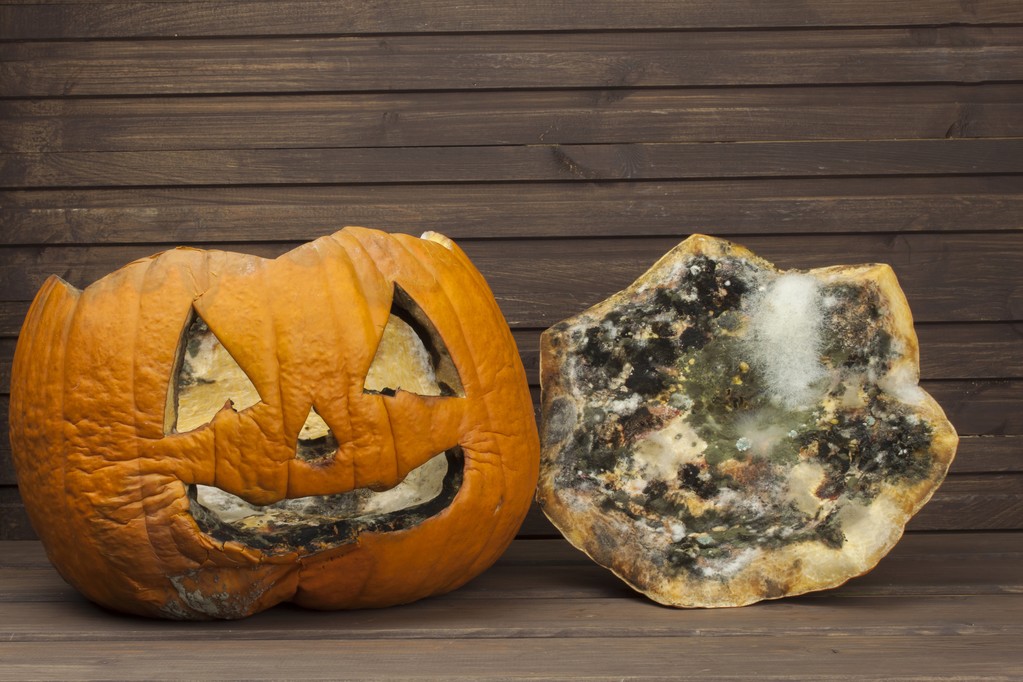18 million tons of food end up in the bin every year. Including 1.7 million tons of baked goods alone, as the environmental organization, WWF found out in a new study. EAT SMARTER explains what this means for the environment, what happens to the products, and how food waste can be reduced in Germany.
Every year, 18 million tons of food end up in the trash in Germany. This affects not only private households, but also production (ignoring losses in agriculture) and processing, bulk consumers, and trade – a waste of valuable resources! A total of 18 million tons: That means that we throw away about every third of food.
This is not only a major problem from an ethical point of view, but also from an ecological and economic perspective. Because raw materials, energy, and water are required, whether for the production or for the destruction of food.

Of the food thrown away, 1.7 million tons of baked goods end up in the garbage every year in Germany. There is such an enormous amount of food waste in the baked goods sector because consumers expect a large and varied range and the demand for the freshness of the products has increased.
Bakeries try to meet these expectations by offering almost their entire range until shortly before closing time. This oversupply of baked goods means that in some shops about one in five baked goods has to be thrown away.
Far-reaching consequences for the environment
“Food wastage has far-reaching consequences for our environment, because it has a negative impact on land use, eutrophication of water bodies, biodiversity, the production of pollutants, greenhouse gas emissions, etc.”, according to the environmental organization WWF, which conducted the study on food waste in the baked goods sector (1).
A harvest area of 398,000 hectares of arable land is required for the baked goods produced and then thrown away, which could also have been cultivated otherwise. To clarify the extent: This is an area that is roughly the size of the Balearic island of Mallorca and the state of Hamburg together.
Furthermore, the overproduction of baked goods results in 2.46 million tons of greenhouse gas emissions, which harm the environment unnecessarily. More conscious use of the available bread and baked goods would therefore make a significant contribution to protecting our resources and the climate and reducing food waste in Germany.
Especially against the background of this year’s drought in Germany, the wastage has to be questioned even more, since it also led to enormous harvest losses in the grain sector. Arable land can no longer be claimed on the scale previously used to “throw in the garbage as bread, pizza or pasta” (1).
At 49 percent, private households are the frontrunners in throwing away baked goods, followed by returns from bakeries (36 percent) and retailers (13 percent). These baked goods that are not eaten are then energetically utilized in biogas plants, destroyed in waste incineration plants, or ended up in the animal feed.
Critical: Excess baked goods become pet food
A large part of the baked goods that are not sold is processed into animal feed. This is particularly critical because the baked goods are usually shredded, including the packaging, in the feed manufacturers’ plants.
Most of the plastic is then removed again, but it can be assumed that this rarely happens without leaving any residue and that there is plastic, especially microplastic, in the animal feed. It is, therefore, possible that the animals have plastic particles in their bodies, which humans also ingest by eating meat.
Clear demand of the WWF

The WWF is in favor of computer systems better calculating the production and sale of baked goods so that excess production can be avoided and returns reduced. In addition, consumers should refrain from expecting a well-stocked counter before the shop closes – actions must be reconsidered and changed here.






